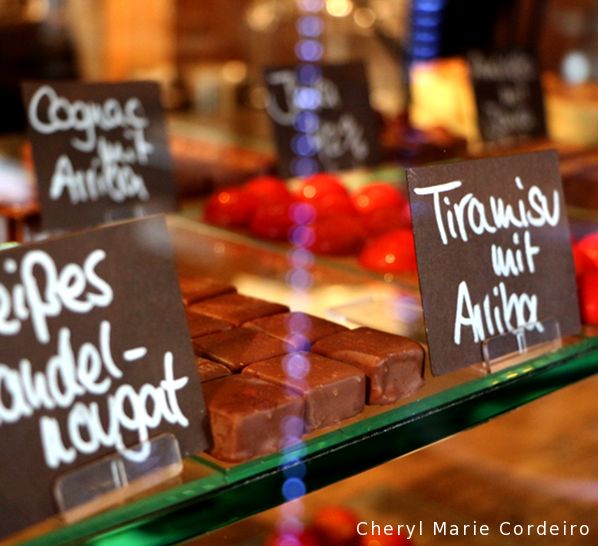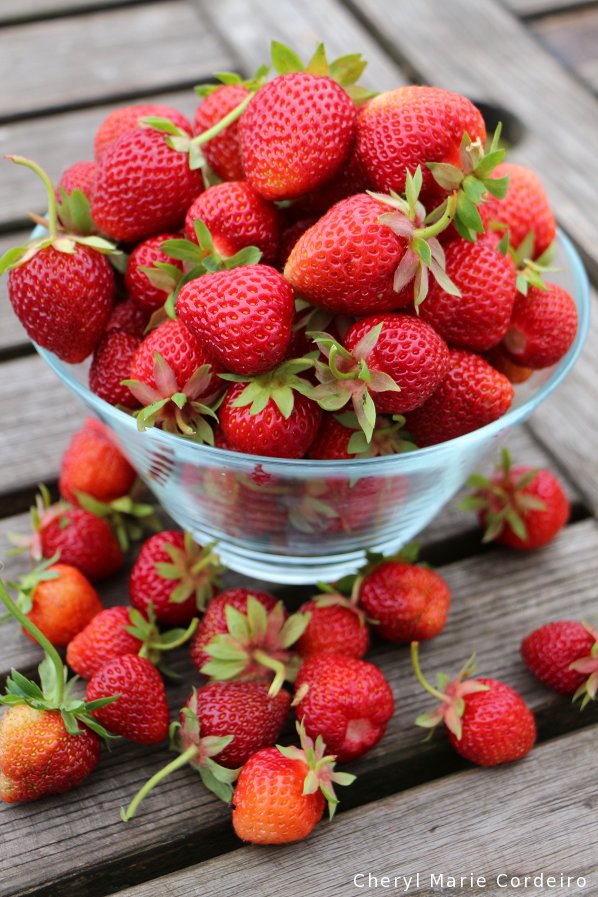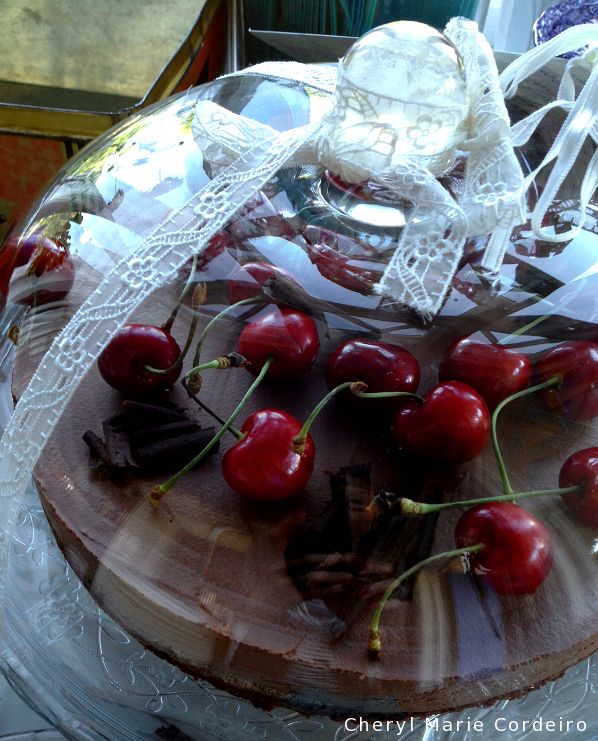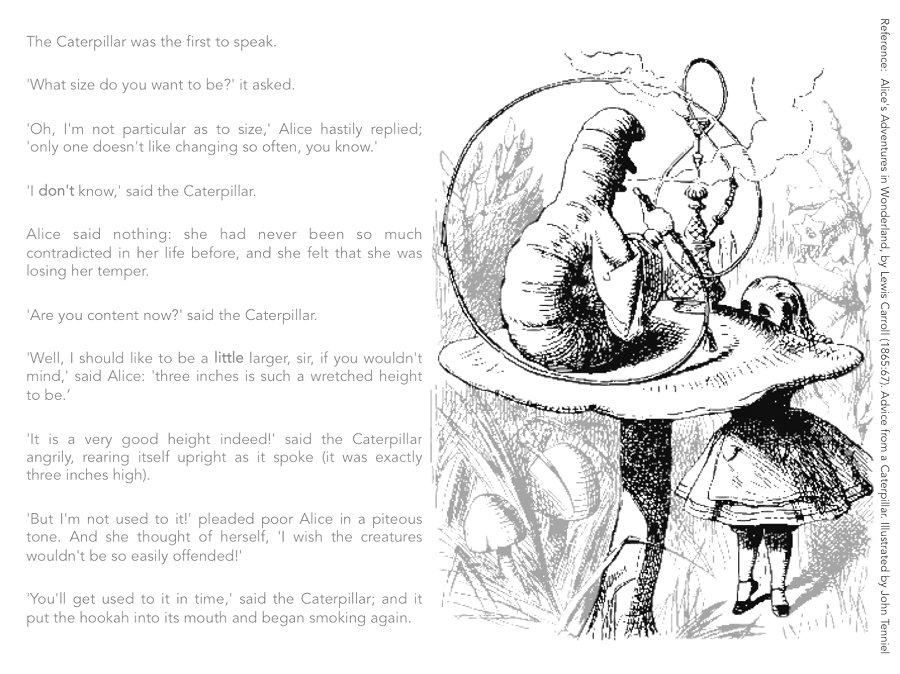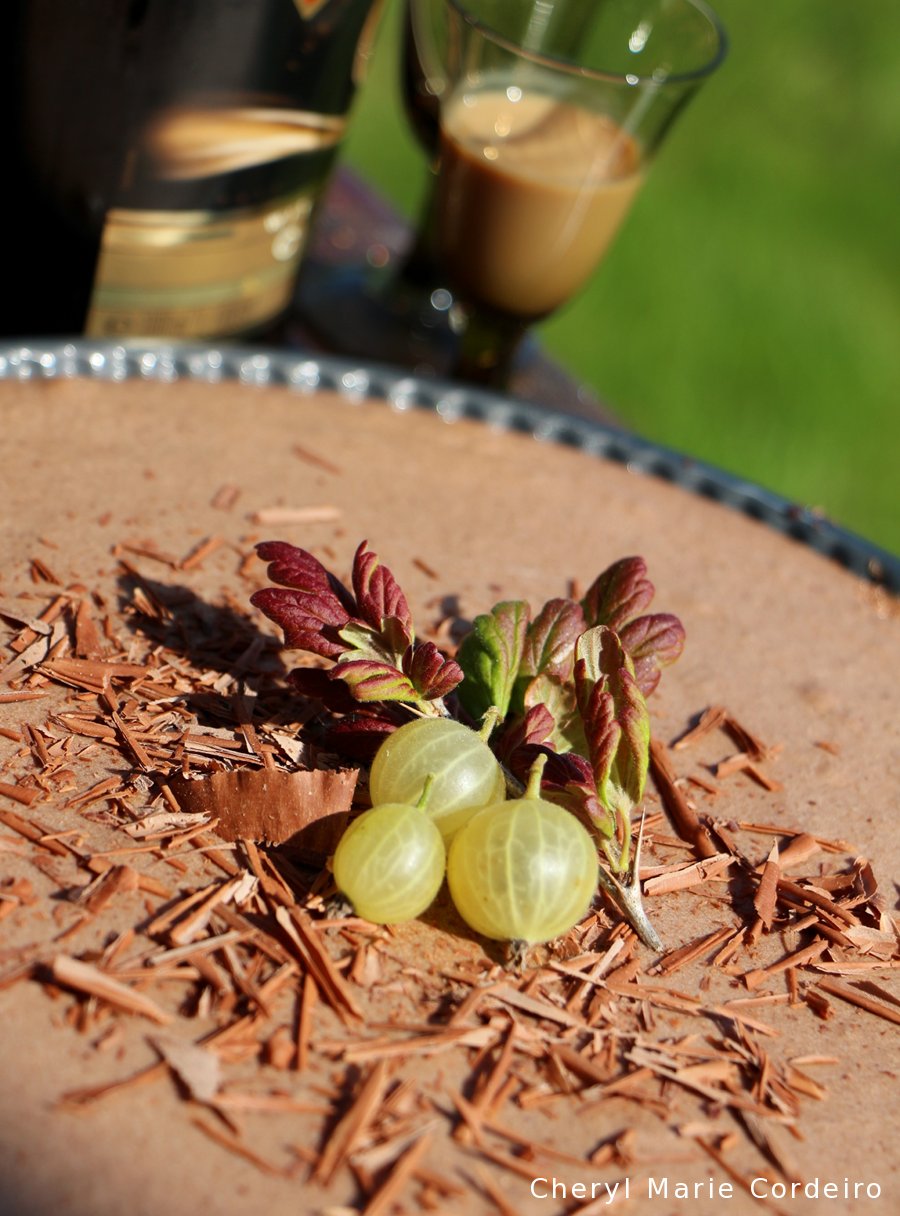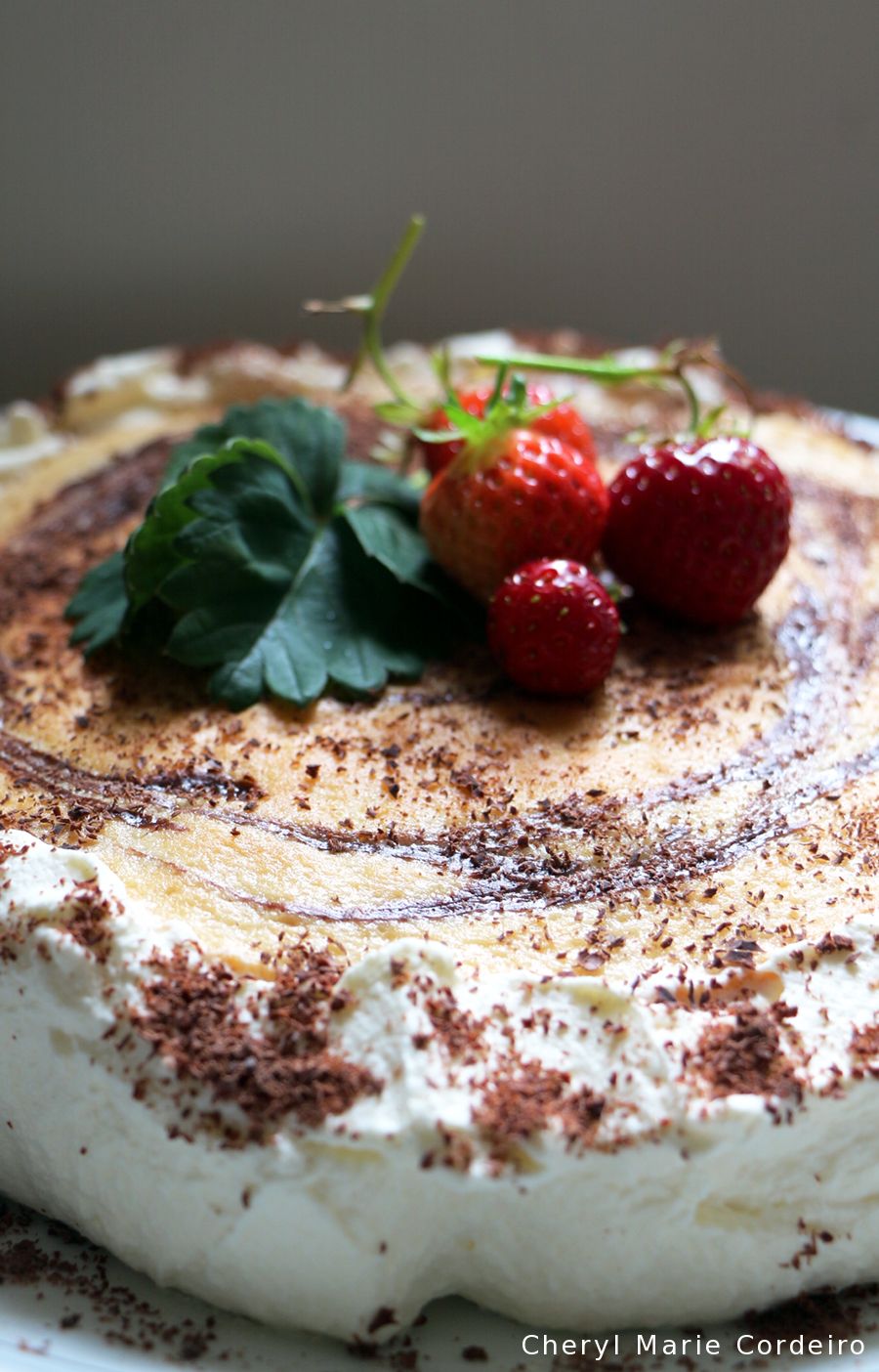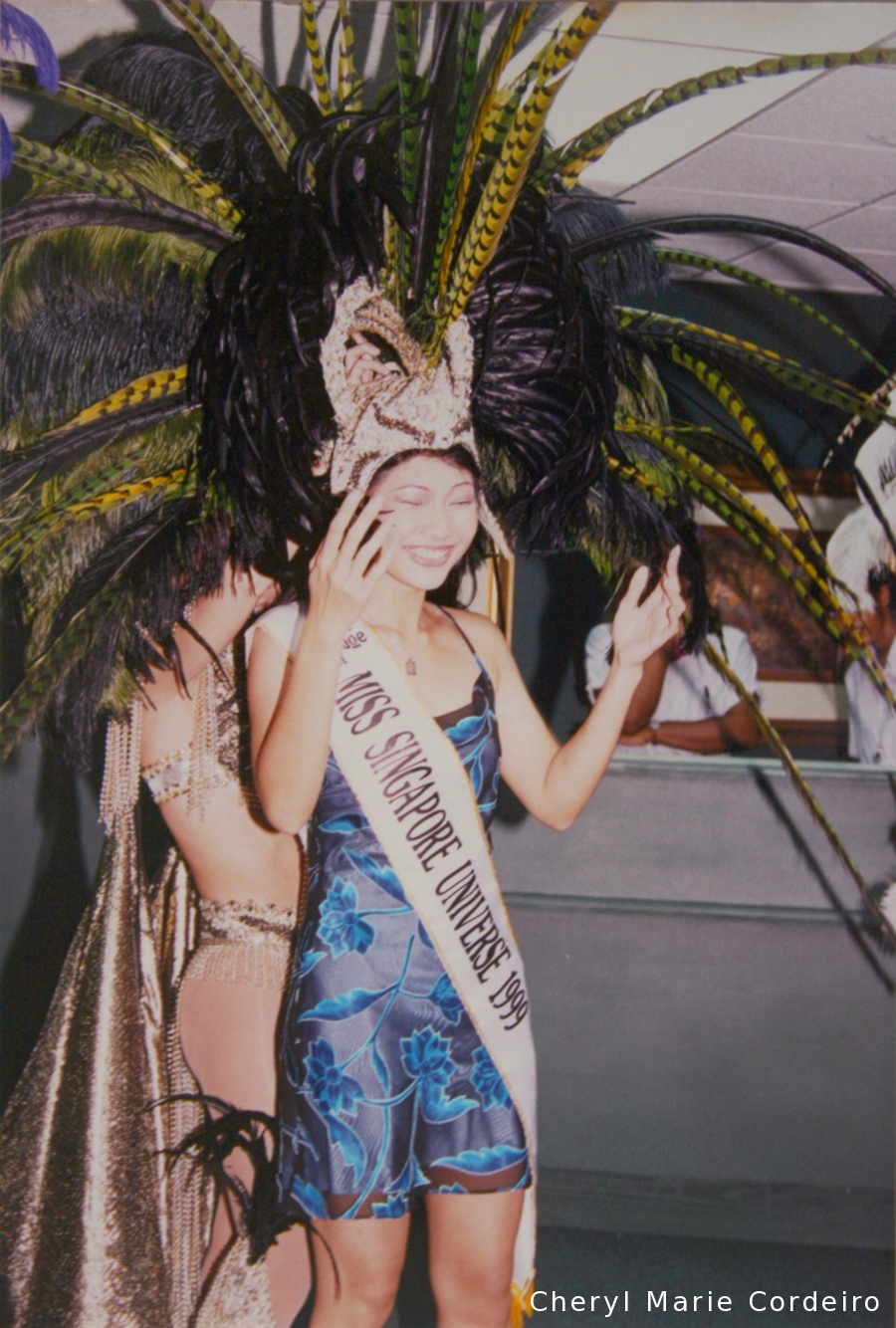Chocolaterie Beluga, München, Germany 2016.
Text & Photo © JE Nilsson, CM Cordeiro, Sweden 2016
– narrative –
After rounding off from St. Peter’s Church, the girls, Gene, Alicia and Patrice, who were on an all-girl European tour for the summer season found the perfect chocolate hot spot to cool down, out from under the München sun.
After placing their orders, the girls settled neatly in the outdoor area overlooking the market square, watching a little bit of marketing life go by. This particular chocolaterie was renowned for its vast hot chocolate choices. Being one who doesn’t quite like sweets per se, Gene was particularly happy she could find a more than 70% cacao content for her hot chocolate. Patrice settled for a chocolate-hazelnut conconction and Alicia who ordered a modest cup of two scoops of ice-cream had already in hand part of her order.
The girls by most Southeast-Asian socio-economic standards could be deemed highly successful in their own right. Each had worked in the top Forbes listed global multinationals in the finance industry for at least two decades. To their academic accolades, they each had their condominium, their convertible in their favourite colour, time enough to spend together on this trip and most important, cash in hand. It was also comfortable that having grown up together in the same convent since they were six years old, the girls knew each other well enough to carry on conversations between themselves smoothly.
Gene surveyed the market scene in front of her, “I love this place! Don’t you think it’s so rustic? Europe is so rustic!” Continue reading “Unter der München Sun”
